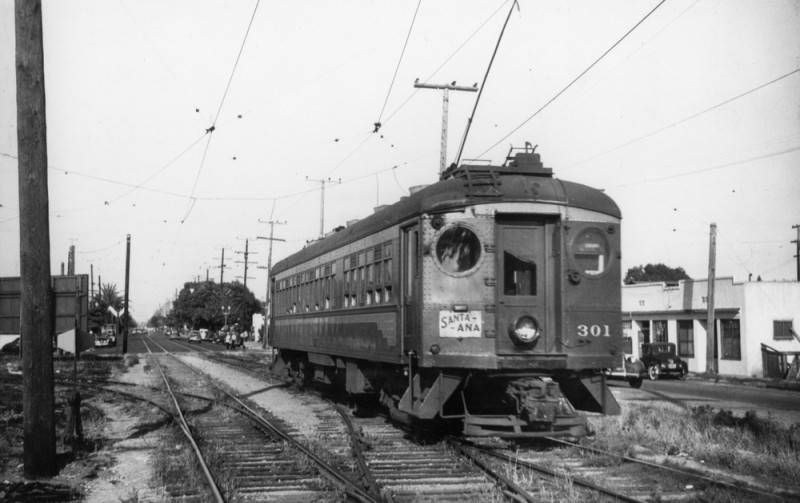Online voting has officially begun for those wanting to get involved and help the Los Angeles County Metropolitan Transportation Authority, aka LA Metro, come up with a new name for the West Santa Ana Branch Transit Corridor project.
Earlier this year, Metro officials announced that the project was in desperate need of a new name to clear up confusion about the project’s intended purpose and planned route.
Despite its name, the planned transit expansion project stops short of Orange County and comes nowhere near Santa Ana. Instead the 14.5-mile segment connects Artesia to downtown Los Angeles with nine stops in the Gateway Cities along the way.
Confusion over the name led to frustration among some Metro board members who believed their project missed out on state and federal grant funds due to its unintended association with an Orange County Transportation Authority project that will actually service Santa Ana.
This frustration and general confusion over the project led to LA Metro asking for the public to suggest new names for the project, in hopes of differentiating it from other transit projects in the area.
On Wednesday, a list of 12 finalists were released and voting began to decide what the project’s future name will be. For those hoping Trainy McTrainface would make the list, you’re out of luck.
Each name carries a different meaning and purpose. Some reflect the vibrant history of the area, while others honor the traditions and culture of the people who call the region home and the people who previously inhabited it. And other name options are direct, concise, leaving no doubt as to what the project will be and who it will service.
Los Angeles County Supervisor Janice Hahn serves as Vice Chair of the LA Metro board and her supervisorial district encompasses the area where the proposed line will be laid.
She urged residents in her district to suggest a new name and make their voices heard to ensure the project reflects the community and people who will be using it.
“This rail line is going to make a huge difference in the lives of residents from Artesia all the way to Huntington Park, but few people know about it because the name is so terrible,” Hahn said in a news release. “So, we’re picking a new name that people can get behind and connect with.”

More than 1,200 name suggestions were submitted and a panel of judges whittled that number down to the final 12, with summaries provided by officials.
Calafia: the mythical queen after which California—first thought to be the “Island of California”—is named.
Esperanza: “Hope” in Spanish. This project represents the aspirations of 1.4 million residents for improved mobility, better opportunities, and an enhanced quality of life.
Gateway Cities: This line will serve most of the Gateway Cities, making these communities more accessible to the rest of LA County and helping unify a regional identity.
Los Angeles Gateway: The Gateway Cities region will finally have a direct transit connection to the heart of Los Angeles.
Los Rios: This line will run along and cross our major rivers, including the San Gabriel River, the Los Angeles River and its Rio Hondo tributary.
Pioneer: Pioneer Blvd. runs through the heart of Artesia, the line’s terminus. This project also represents a new frontier for the communities it will serve.
Pórtico: A portico is a door, a gateway to something new. This line will offer the Gateway Cities a portal to a brighter future.
Ruta Segura: “Safe Route” in Spanish. This project will give many new public transit users the confidence to travel on the Metro system.
Southeast: This line will serve not only Southeast Los Angeles but also most of Southeast Los Angeles County. Check the compass at Union Station; this line goes due Southeast.
Southeast Gateway: The communities of SELA and the Southeast LA County region—also known as the Gateway Cities—will have a gateway to DTLA.
The Heartland Connection: This line will provide a connection to the heart of the Metro system for the millions of residents of the Southeast Los Angeles County communities.
Tongva: The Tongva—whose name means “People of the Earth”—are the original inhabitants of the land that today is Southeast Los Angeles County.
Hahn said 44% of the residents along the line are at or below the poverty line and as much as 18% don’t own a car. She said that state and federal grant funding is being intentionally directed to projects that improve equity in the community, adding that this project checks those boxes.
The online vote is underway now and closes for good on Dec. 17. Voters can select their top three choices ranked in order of preference.
The winner will be announced in January, officials said.
To cast your vote, click here.












